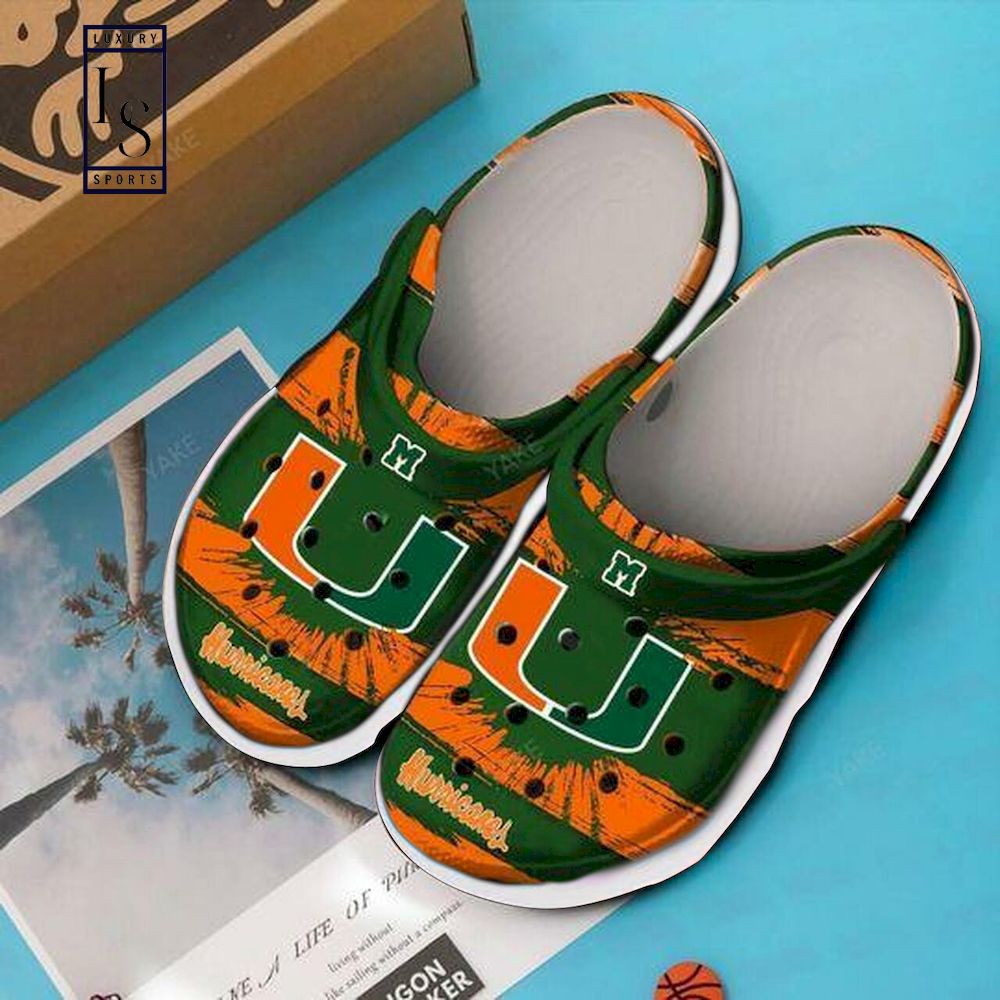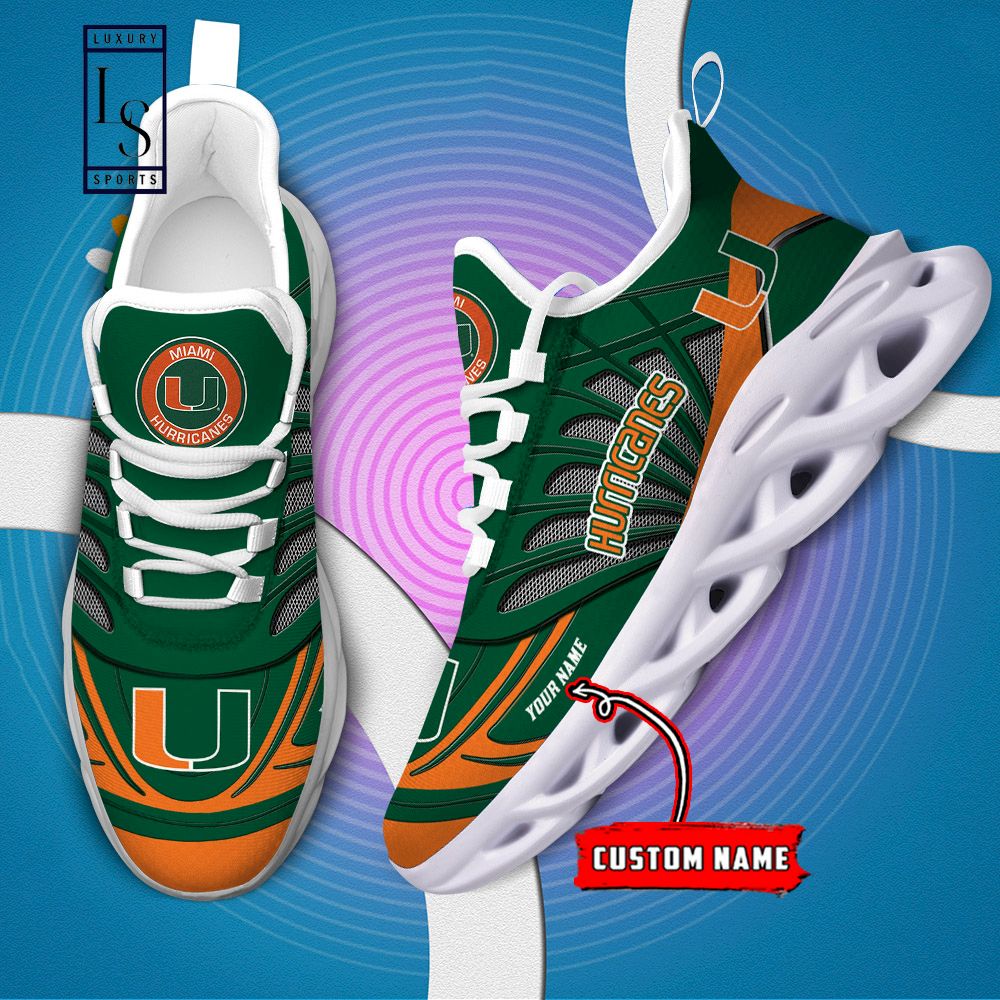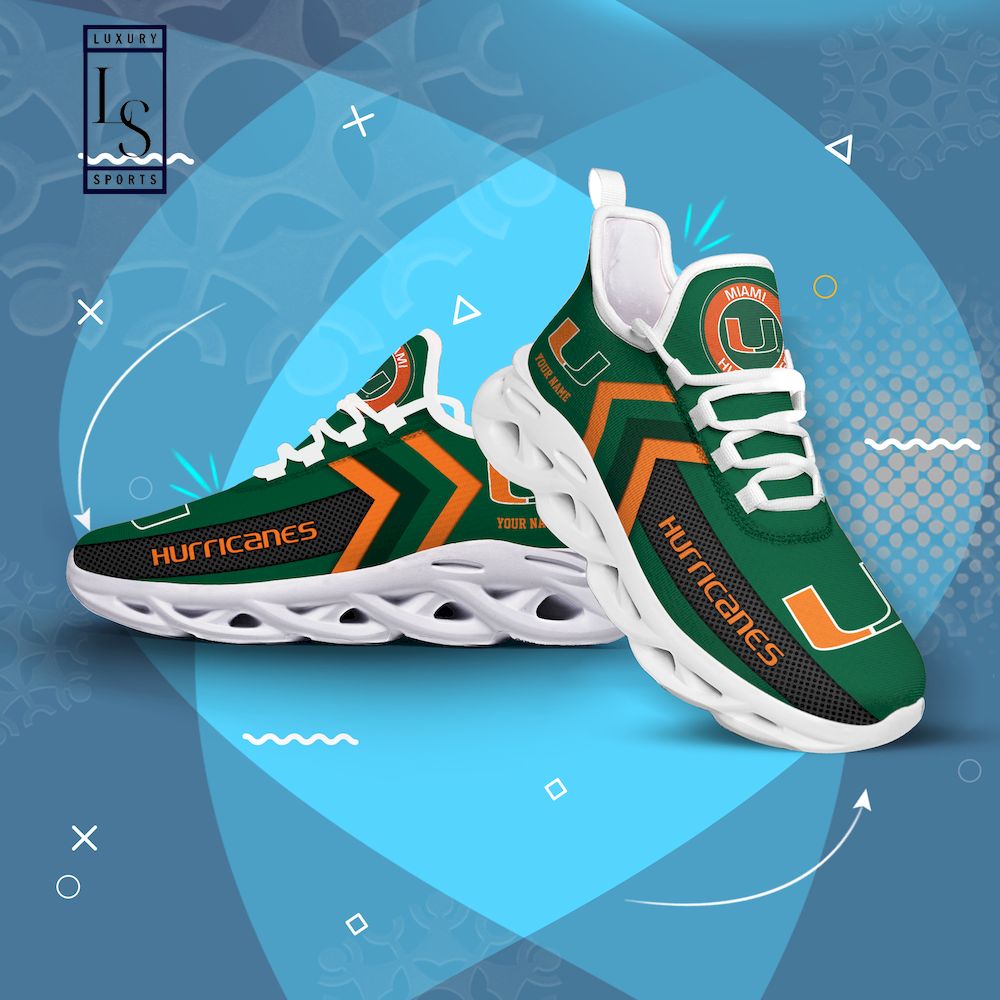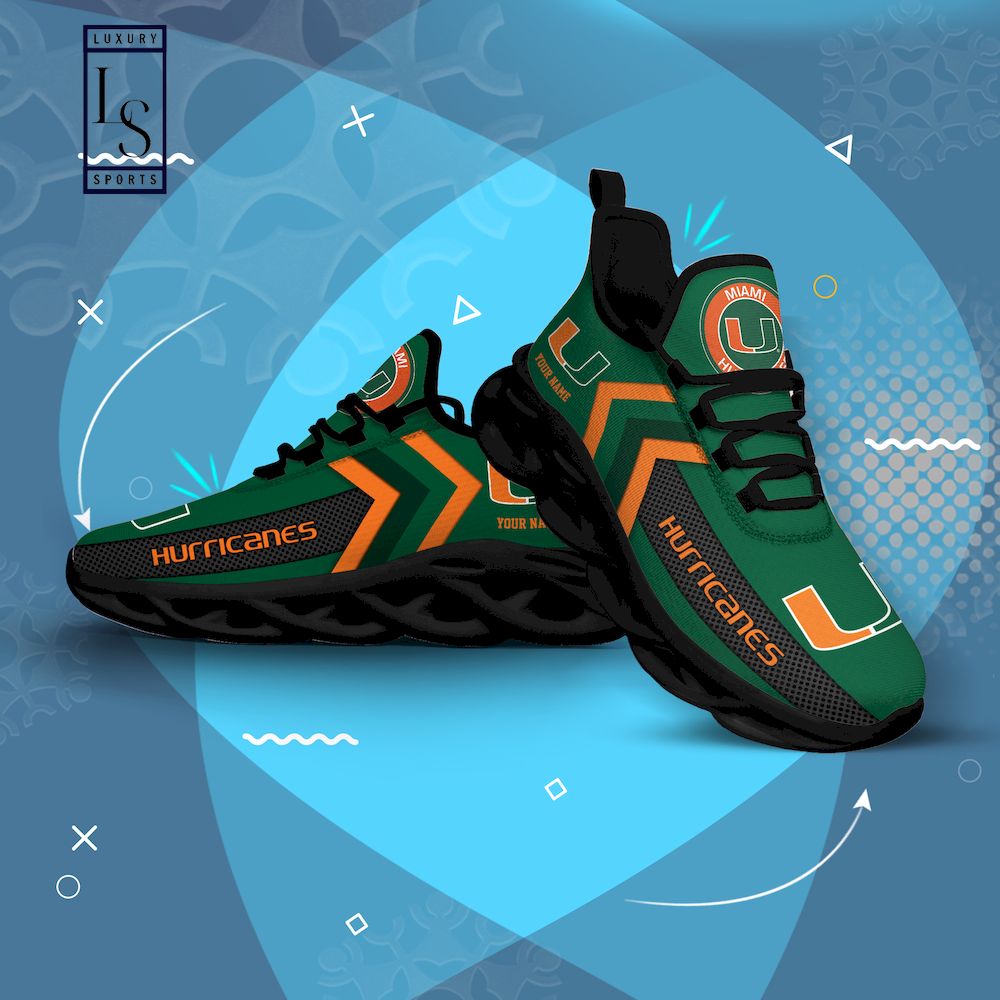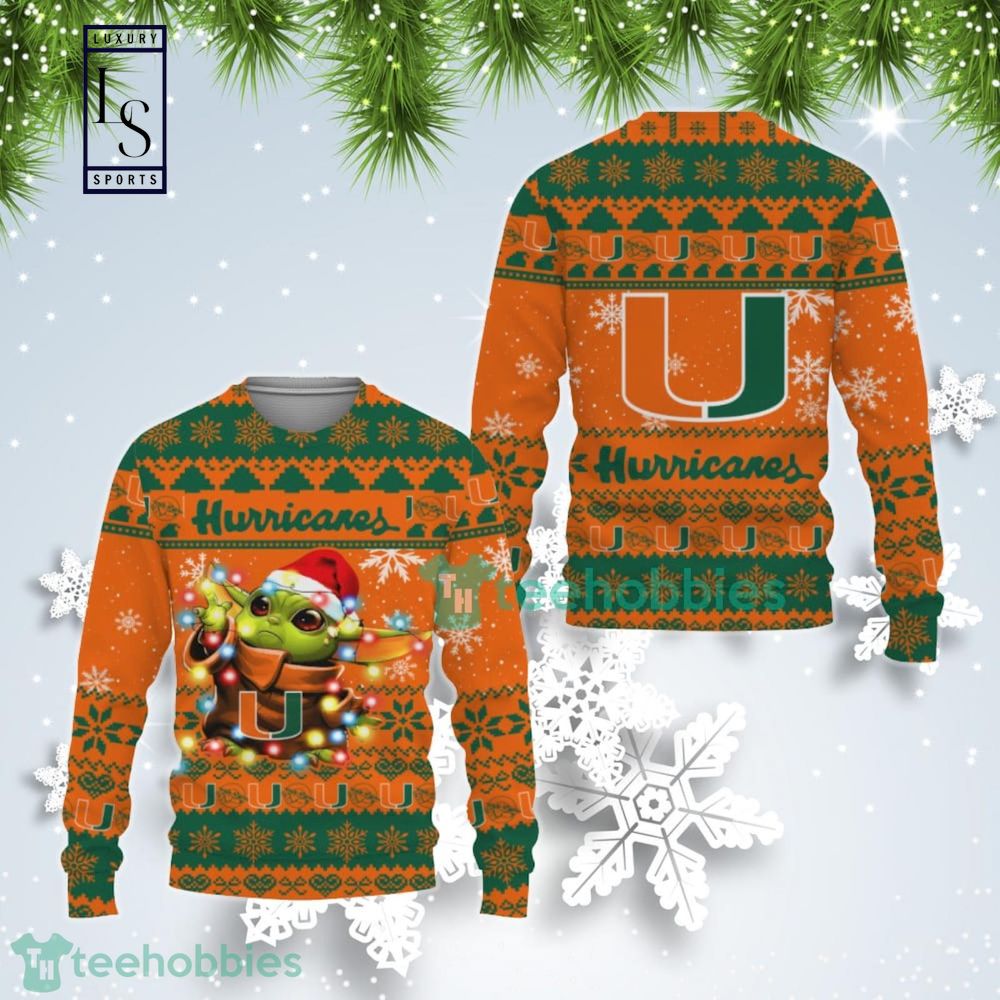Description about Hurricane In Miami
Welcome to Miami, the city of sun, sand and sea. While this vibrant metropolis is known for its tropical climate and year-round sunshine, it is also vulnerable to one of nature’s most destructive forces – hurricanes. A hurricane can bring torrential rains, high winds and devastating storm surges that can wreak havoc on coastal communities like Miami. In this blog post, we’ll explore everything you need to know about hurricanes in Miami – from how they form to their impact on the region and how you can prepare for them. So grab a cup of coffee and get ready to learn all about these powerful storms!
What is a hurricane?
A hurricane is a tropical cyclone that has sustained winds of at least 74 miles per hour. These storms form over warm ocean waters in areas near the equator and can grow to be hundreds of miles wide. Hurricanes are classified into five categories based on their wind speed, with Category 5 being the most severe.
The center of a hurricane is known as the “eye,” which typically has calm winds and clear skies. However, surrounding the eye is the “eyewall,” where some of the strongest winds and heaviest rainfall occur.
Hurricanes can bring a range of hazards, including high winds, flooding rains, storm surges and tornadoes. They often cause widespread power outages, damage to homes and businesses, and even loss of life.
Forecasters use sophisticated technology such as satellites, aircrafts and radars to track hurricanes as they move across the ocean towards land. This allows officials to issue warnings well in advance so people can prepare for these potentially dangerous storms.
It’s important for those living in coastal regions like Miami to be aware of hurricane season (June 1st-November 30th) each year and take necessary precautions before a storm hits.
The different types of hurricanes
Hurricanes come in different types, each with its unique characteristics and effects. The categories are mainly based on the intensity of the storm’s sustained wind speed, a critical factor that determines how much damage it can cause.
The first category is a tropical depression that has wind speeds below 39 miles per hour. These storms may not have significant impact but can still cause flooding and landslides.
A tropical storm occurs when winds reach between 39-73 mph. This level of hurricane usually causes higher sea swells, heavy rainfalls, flash floods and some damages to buildings.
Category one hurricanes have wind speeds ranging from 74-95 mph. They result in power outages, broken tree branches as well as minor damages to roofs and doors.
When winds hit between 96-110 mph at Category two levels there are extensive property damages such as broken windows or roof failure and severe infrastructure damage like electrical poles being uprooted or homes destroyed by fallen trees.
A Category three Hurricane ranges from 111 -129 MPH causing major failures including permanent structure losses such as houses collapsing completely along with an intense storm surge leading to devastating coastal flooding for Miami residents.
How do hurricanes form?
Hurricanes are powerful tropical storms that can cause widespread destruction. But how do they form? It all begins with warm ocean water.
As the sun heats up the ocean surface, it causes water to evaporate and rise into the atmosphere as moisture-laden air. This moist air then cools as it rises, causing the formation of clouds.
As more moisture continues to rise and cool, a low-pressure system starts to develop at the surface. The rotating winds around this low-pressure area create what is known as a tropical disturbance.
If these conditions persist for an extended period of time, this disturbance can grow stronger and become a tropical depression. Winds continue to intensify until they reach 39 miles per hour or more – at which point it becomes a hurricane.
Once formed, hurricanes can be incredibly dangerous due to their strong winds and heavy rainfalls that often lead to flooding. It’s important to stay informed about hurricane warnings in your area so you can prepare accordingly.
Where do hurricanes typically occur?
Hurricanes are large and powerful tropical storms that form over warm ocean waters. They typically occur in areas such as the Caribbean Sea, Gulf of Mexico, and along the southeast coast of the United States.
These regions have ideal conditions for hurricanes to form because they have warm water temperatures and high humidity levels. As a result, these areas experience hurricane season from June through November each year.
In addition to coastal regions, islands such as Puerto Rico, Cuba, and the Bahamas are also at risk of being hit by hurricanes due to their proximity to these storm-prone areas.
However, it is important to note that hurricanes can occur anywhere there is warm ocean water. For example, Hurricane Sandy made landfall in New Jersey in 2012 despite not forming in a typical hurricane-prone area.
It’s crucial for people living near coastal regions or islands prone to hurricanes to stay informed about weather updates during hurricane season and be prepared with emergency supplies if necessary.
What is the impact of a hurricane?
The impact of a hurricane can be devastating, causing significant damage to homes, businesses and public infrastructure. The strongest hurricanes can generate winds in excess of 155 miles per hour and storm surges that reach up to 20 feet high.
One of the most significant impacts of a hurricane is the destruction it can cause. High winds and heavy rainfall often lead to flooding, power outages and structural damage. These damages can result in loss of property or even loss of life.
In addition to physical destruction, hurricanes also have economic consequences. They disrupt transportation systems, shut down businesses and delay construction projects. It may take months or even years for communities affected by hurricanes to fully recover from the damages caused.
Hurricanes are also known for their environmental impact. Heavy rainfalls often result in soil erosion leading to landslides which destroy natural habitats while storm surges can cause extensive damage to marine ecosystems.
The impact of a hurricane cannot be underestimated as it affects various aspects including human lives, livelihoods as well as environment both during the disaster itself but also long after its occurrence when trying rebuild communities affected by this catastrophic event
How can you prepare for a hurricane?
Hurricanes are natural disasters that can cause widespread destruction and devastation. Miami is no stranger to these storms, having experienced some of the most powerful hurricanes in history. However, with proper preparation and planning, we can reduce the damage caused by these storms.
The first step in preparing for a hurricane is to create an emergency kit that contains essential items such as food, water, medication, flashlights and batteries. You should also have a plan in place for evacuation if necessary.
It’s important to stay informed about storm updates from reliable sources such as the National Hurricane Center or local news outlets. Pay attention to evacuation orders issued by authorities and be ready to leave quickly if needed.
Secure your home by boarding up windows or installing shutters before the storm arrives. Trim any loose branches or trees around your property that may pose a risk during high winds.
Hurricanes are unpredictable forces of nature that require us to take action beforehand in order to minimize their impact on our lives. By following safety guidelines and being prepared with supplies and plans for evacuation ahead of time, we can increase our chances of staying safe during a hurricane strike in Miami or anywhere else along the coastlines where they occur frequently. Remember: it’s better to be overprepared than unprepared when dealing with severe weather events like hurricanes!





















